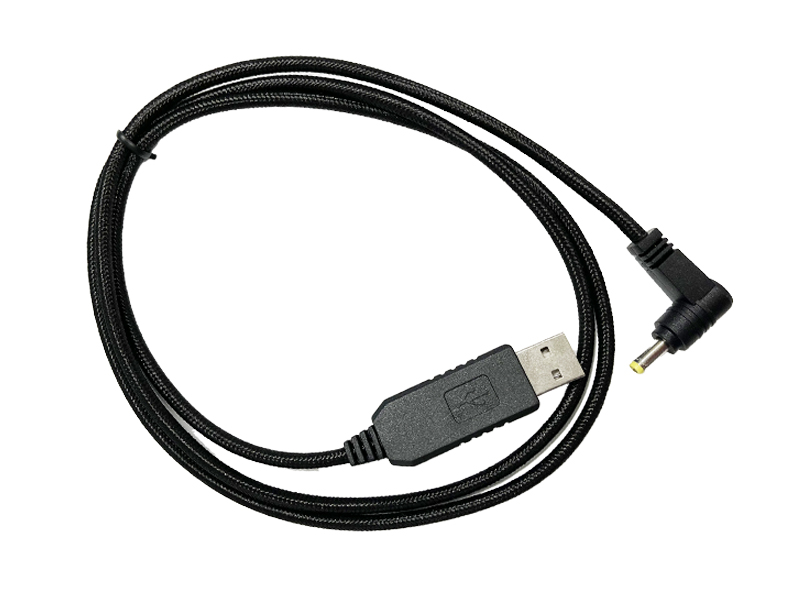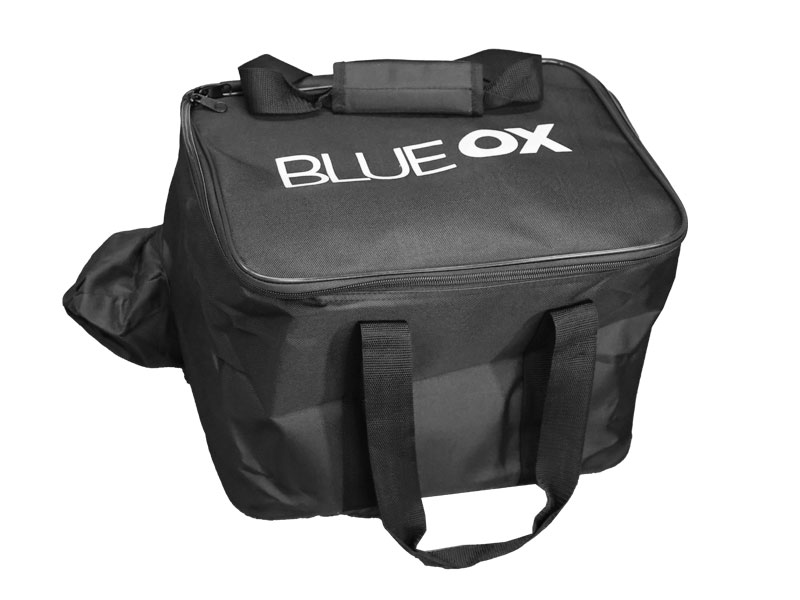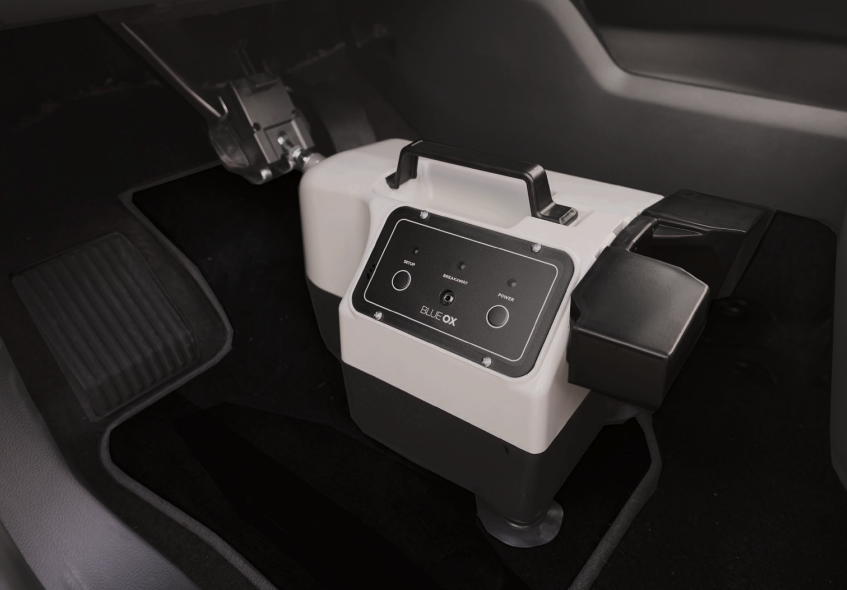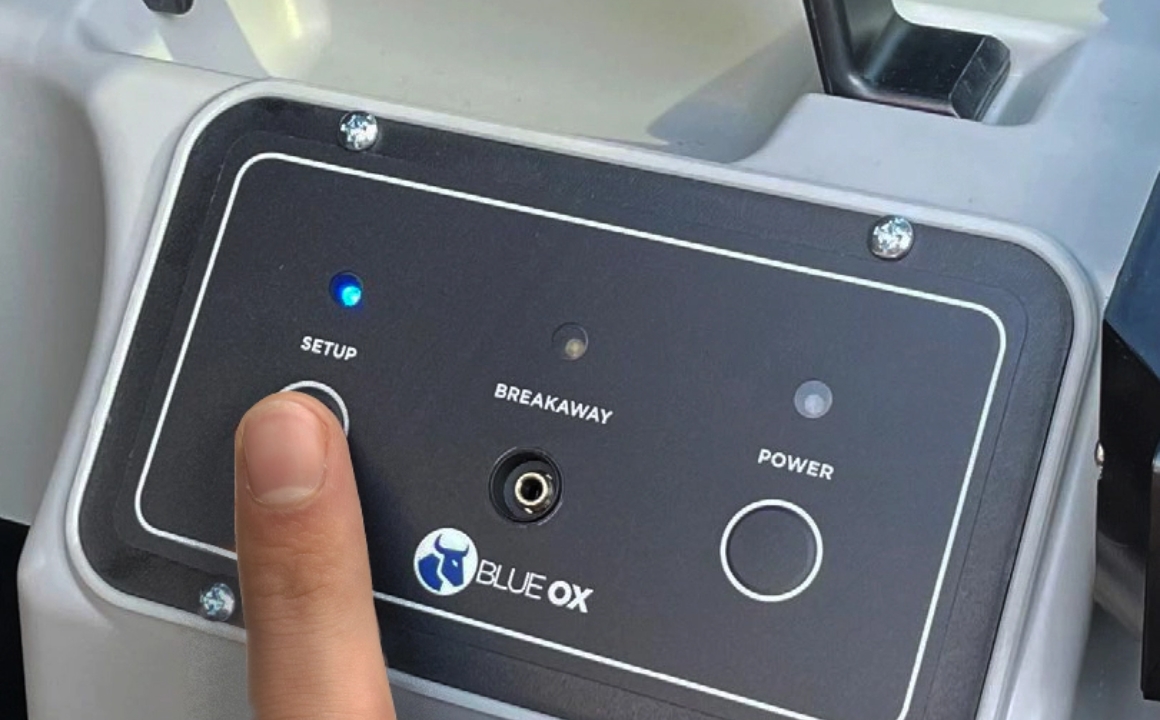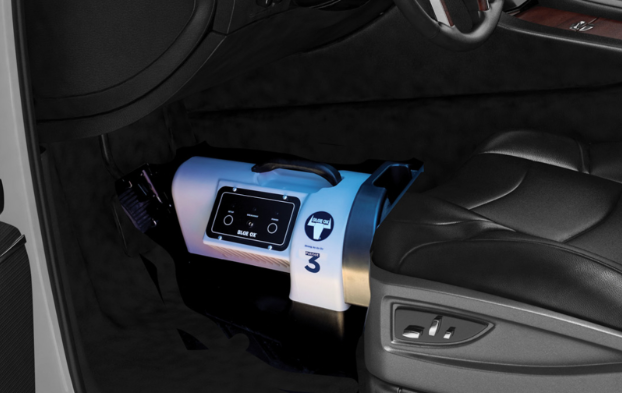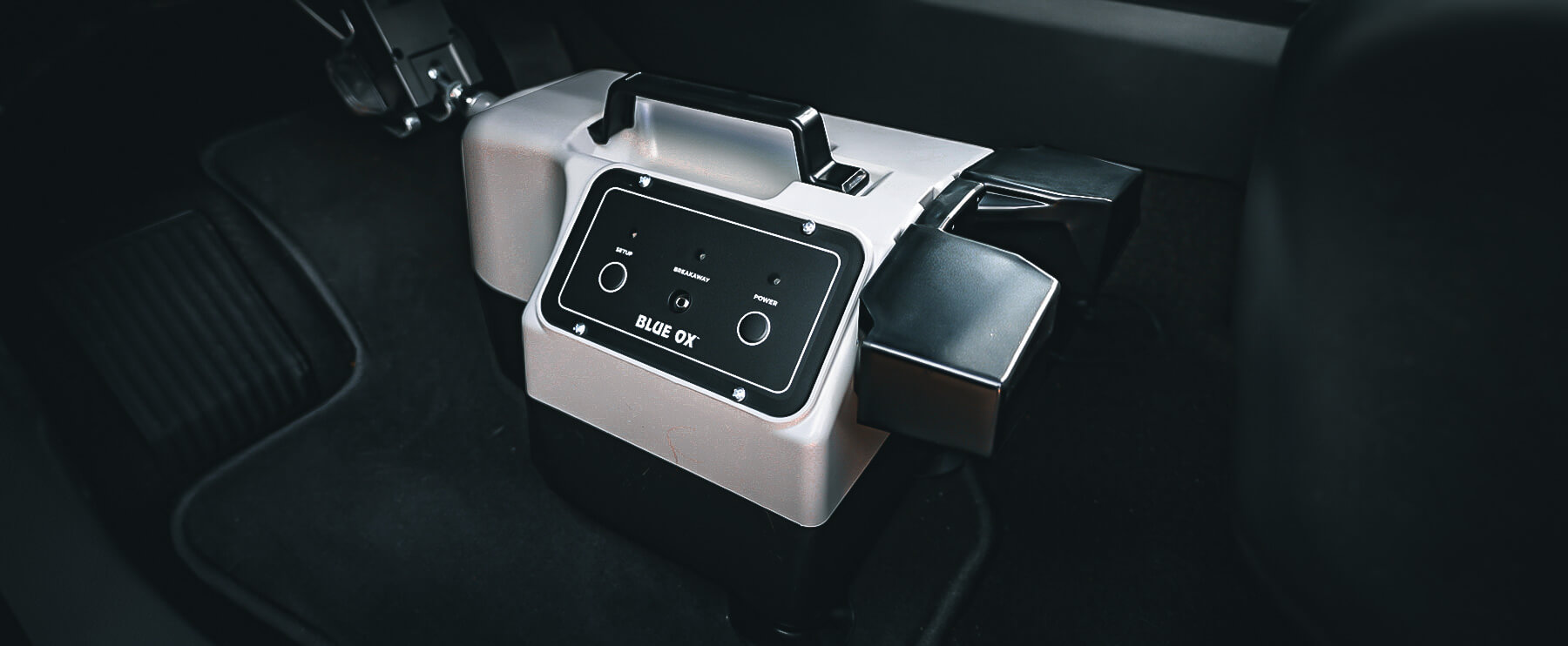
Patriot Flat Tow Brake
Versatile
Whether you flat tow a full-size SUV, pickup, compact car, hybrid, or multiple vehicles with different floorplan configurations, the Patriot Brake system will work for your tow vehicle with no special brackets required.
Dimensions: 8” X 7.5” X 11.5”
Real Braking
Braking action provides the same force as a foot on the brake pedal, in the middle of the pedal, at the same angle for true, responsive braking.
Faster Extension of the braking action for quicker, more responsive stops.
Control
Compact, dash-mounted in-cab controller:
- Adjusts the braking force
- Overrides automatic braking
- Monitors brake function for your tow vehicle
- Breakaway alert
- Visual and audio alerts
- Great for flat towing
Ready
Everything you need is in the box. No tank to drain, no pumps or hoses to connect. No mess.
Quick Setup
Attach the brake claw, plug in the power cord and breakaway switch, and push the setup button.
The Patriot will cycle once. The Indicator light will light up, indicating that you are ready to go.
Tow Brakes are Required in 49 US States and all of Canada.
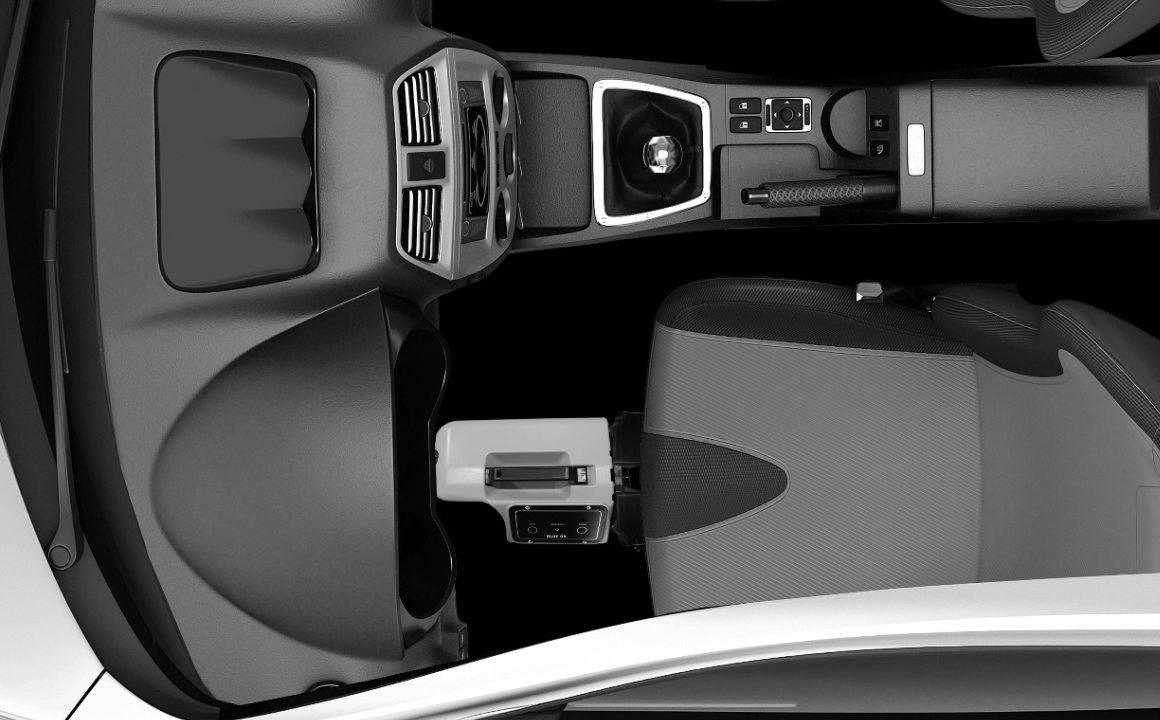
Versatile
Whether you flat tow a full-size SUV, pickup, compact car, hybrid, or tow multiple vehicles with different floorplan configurations,
the Patriot Brake will work for you; no special brackets are required.
Dimensions: 8” X 7.5” X 11.5”
New, lighter design, 6.2 lbs. vs. the 9.5 lbs. of the previous Patriot Brake.
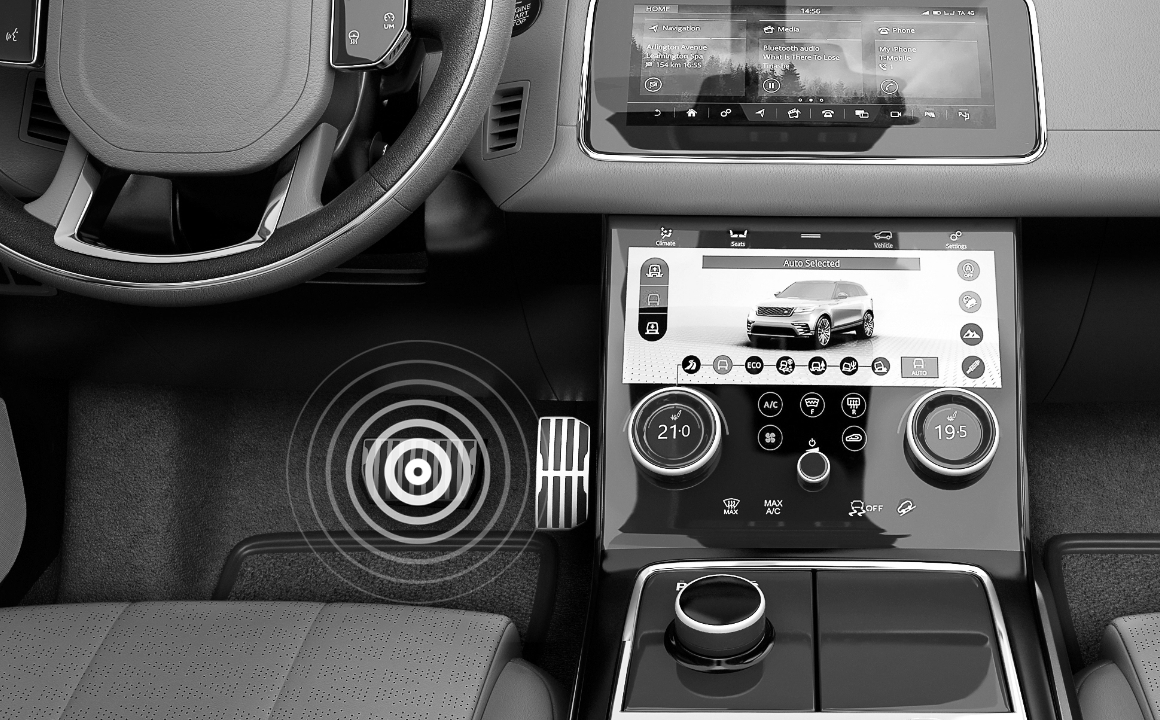
Real Braking
Braking action provides the same force as a foot on the brake pedal, in the middle of the pedal, at the same angle for true, responsive braking.
Faster Extension of the braking action for quicker, more responsive stops.
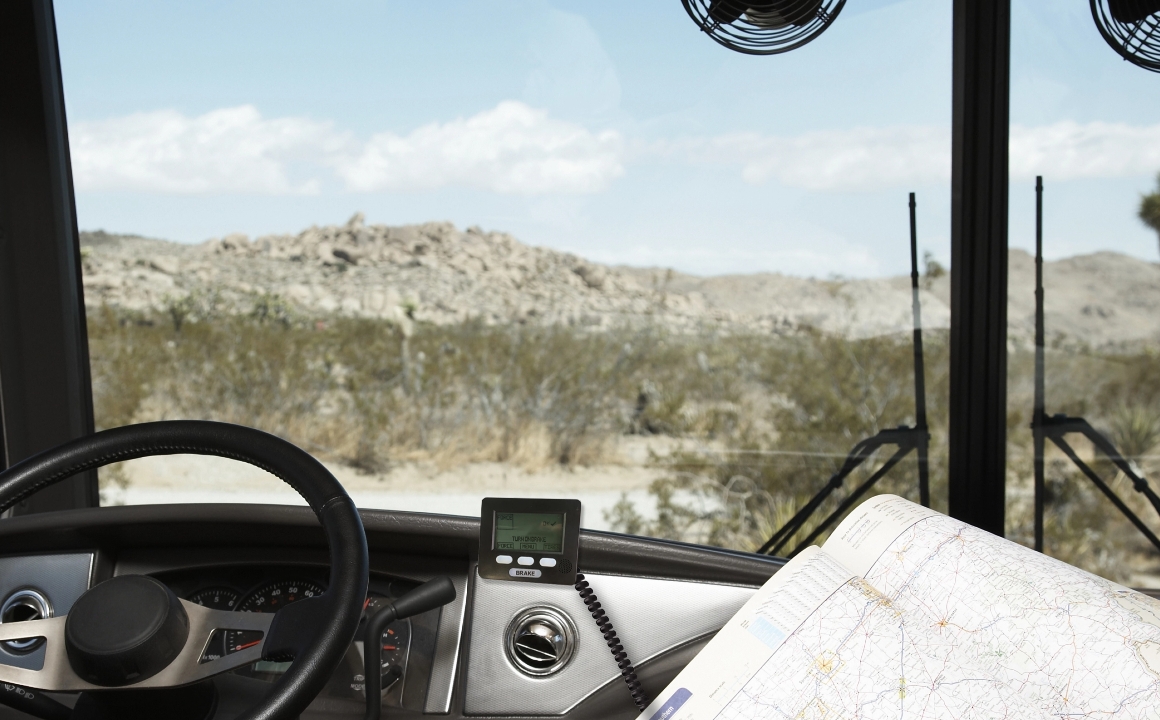
Control
Compact, dash-mounted in-cab controller:
- Adjusts the braking force
- Overrides automatic braking
- Monitors brake function
- Breakaway alert
- Visual and audio alerts
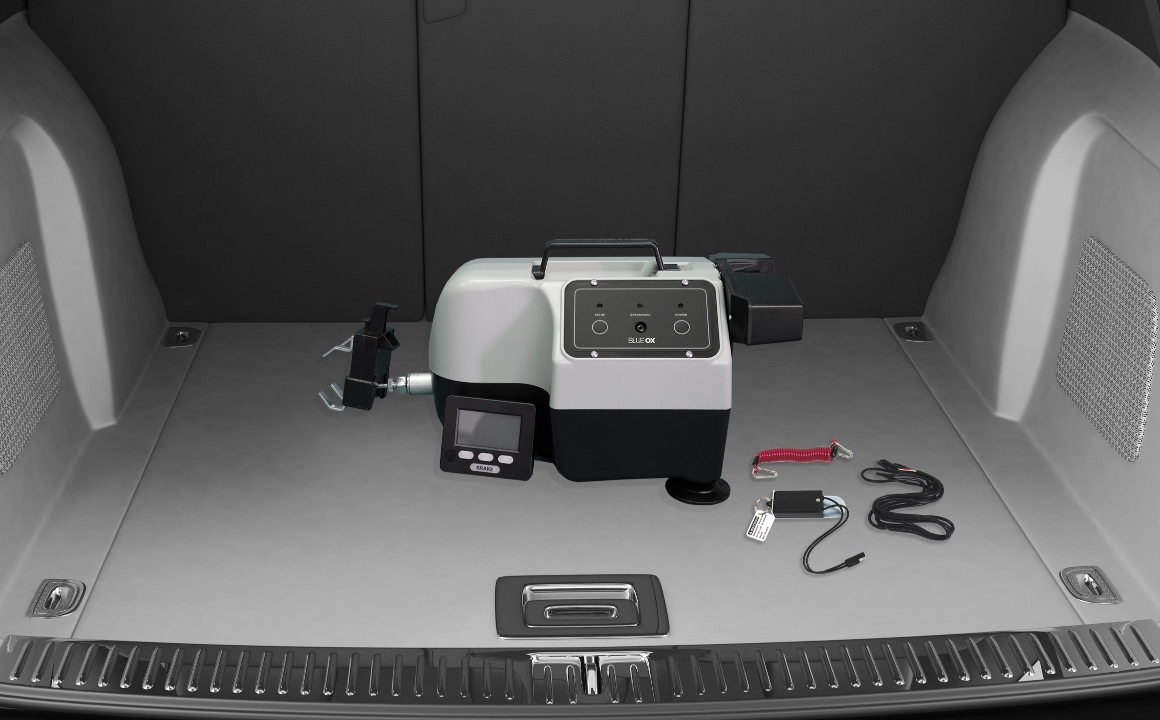
Ready
Everything you need is in the box:
- Brake claw
- RF brake in-cab controller
- Adjustable push pad
- 12 Volt power cord
- Adjustable feet for uneven floorplans
- Breakaway switch
No tank to drain, no pumps or hoses to connect. No mess.
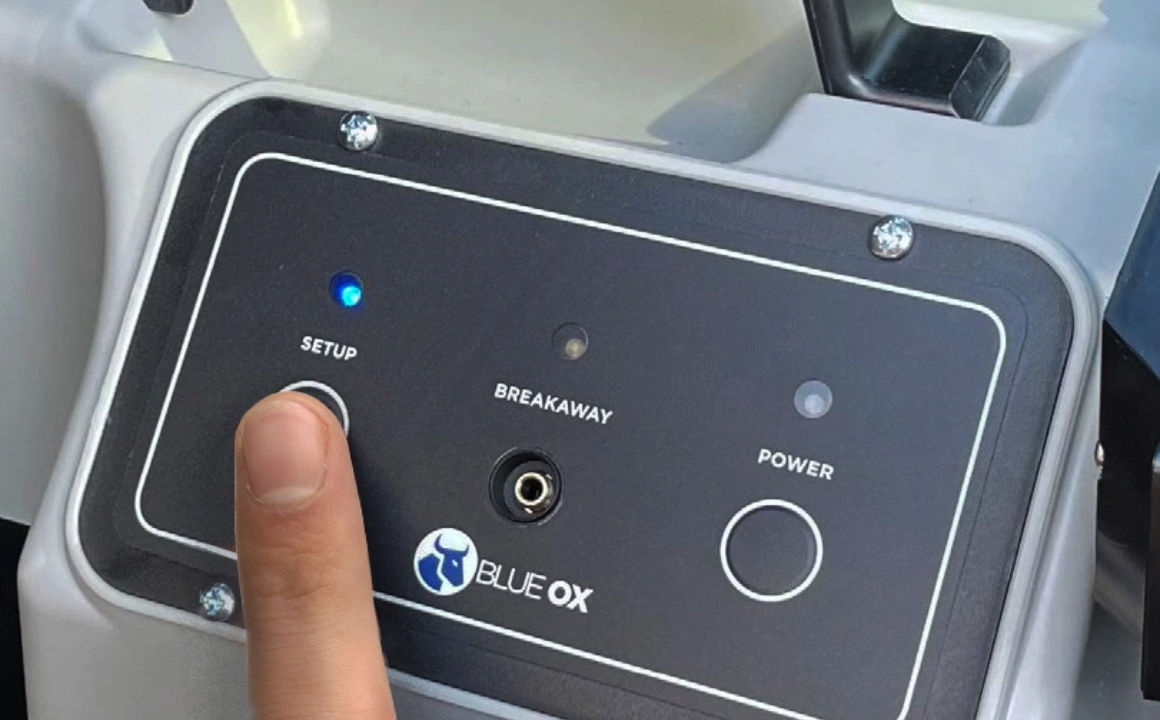
Quick Setup
Attach the brake claw, plug in the power cord and breakaway switch, and push the setup button.
The Patriot will cycle once. The Indicator light will light up, indicating that you are ready to go.
Recommended Accessories
Flat Tow Brake System FAQs
Also known as a “dinghy towing brake,” a flat tow brake system is a device that applies the brakes of the dinghy based on an input from the towing vehicle due to a braking event. The tow brake goes into action as soon as the brake receives that input. Another way for the brakes to engage is to use the remote to engage the brakes. Learn more about how flat tow brakes work.
They are easy to install and easy to use. These are designed to apply the brakes in your flat towed vehicle at the same time and with the same intensity with which you apply the brakes in your RV. Proportional systems tend to be the most preferred among RV enthusiasts.
Sometimes referred to as an active system, the vacuum-assist system works via the power-assist function of your towed vehicle’s brakes. Power-assist will multiply the force placed on the RV brake pedal to make braking much easier for the driver. This system offers the most natural braking, however it does not offer full emergency braking capabilities.
A dinghy towing brake like the Patriot Brake will help the coach and dinghy slow down sooner and safer. Flat tow brakes are also required by law, depending on the weight limits in your state.
Direct systems are connected to your tow vehicle’s air or hydraulic brake lines and sense when you apply your RV brakes and with what intensity. It works by transferring air or hydraulic pressure from the brake lines to the air cylinder of the tow vehicle. The actuator replicates the same timing and pressure in the tow vehicle that you are using in the RV.
It is required by law to use flat tow brakes in 49 states as well as Canada. The weight limits may vary from state to state, so be sure to know the regulations where you are going. However, planning to travel with a flat tow brake installed will be the safest option regardless of where you are headed. Learn more about why you need a flat tow brake system.
Also known as a “dinghy towing brake,” a flat tow brake system is a device that applies the brakes of the dinghy based on an input from the towing vehicle due to a braking event. The tow brake goes into action as soon as the brake receives that input. Another way for the brakes to engage is to use the remote to engage the brakes. Learn more about how flat tow brakes work.
A dinghy towing brake like the Patriot Brake will help the coach and dinghy slow down sooner and safer. Flat tow brakes are also required by law, depending on the weight limits in your state.
They are easy to install and easy to use. These are designed to apply the brakes in your flat towed vehicle at the same time and with the same intensity with which you apply the brakes in your RV. Proportional systems tend to be the most preferred among RV enthusiasts.
Direct systems are connected to your tow vehicle’s air or hydraulic brake lines and sense when you apply your RV brakes and with what intensity. It works by transferring air or hydraulic pressure from the brake lines to the air cylinder of the tow vehicle. The actuator replicates the same timing and pressure in the tow vehicle that you are using in the RV.
Sometimes referred to as an active system, the vacuum-assist system works via the power-assist function of your towed vehicle’s brakes. Power-assist will multiply the force placed on the RV brake pedal to make braking much easier for the driver. This system offers the most natural braking, however it does not offer full emergency braking capabilities.
It is required by law to use flat tow brakes in 49 states as well as Canada. The weight limits may vary from state to state, so be sure to know the regulations where you are going. However, planning to travel with a flat tow brake installed will be the safest option regardless of where you are headed. Learn more about why you need a flat tow brake system.

